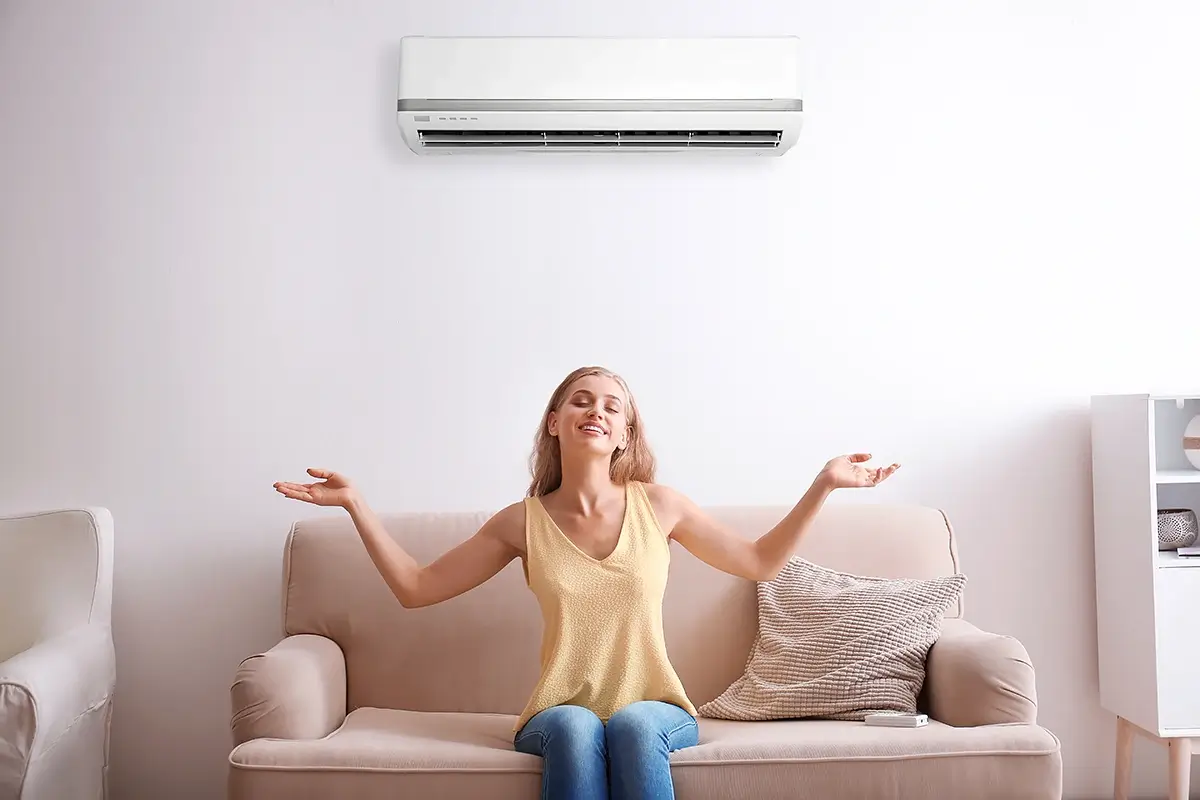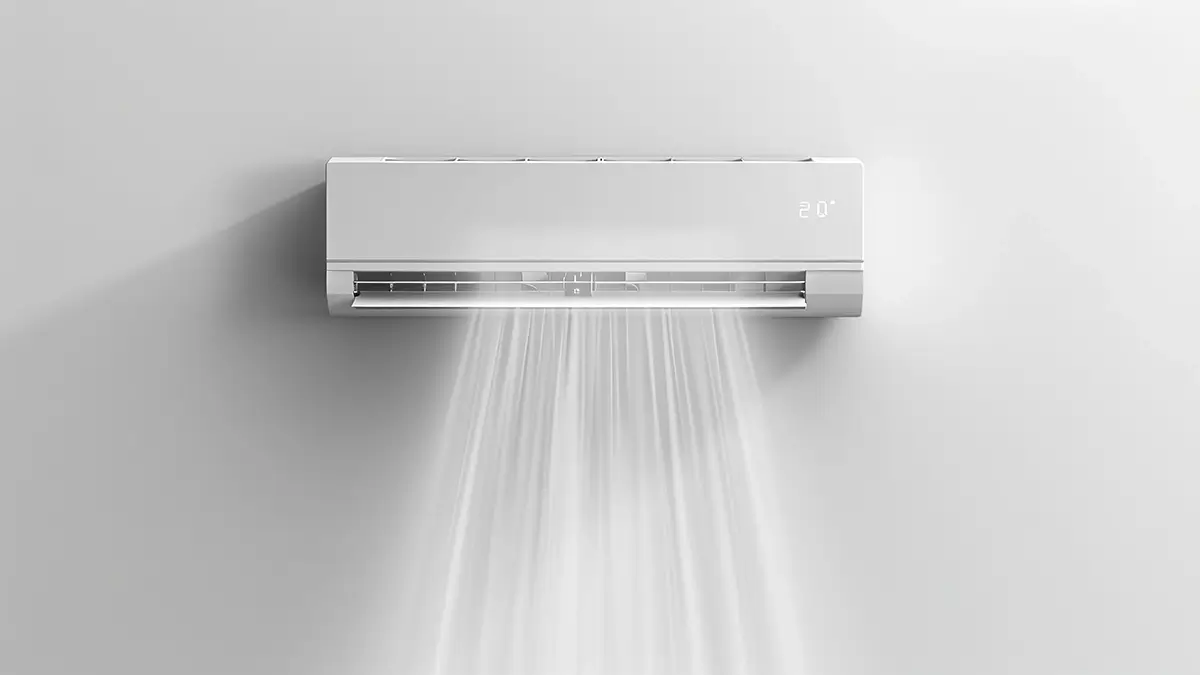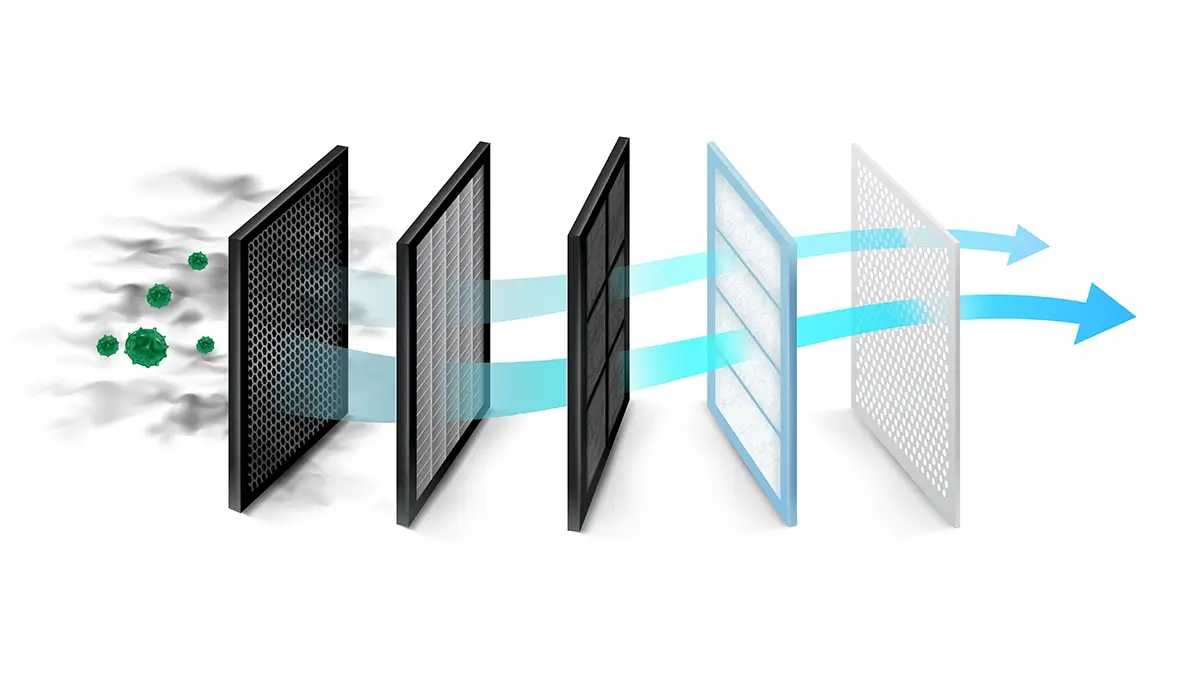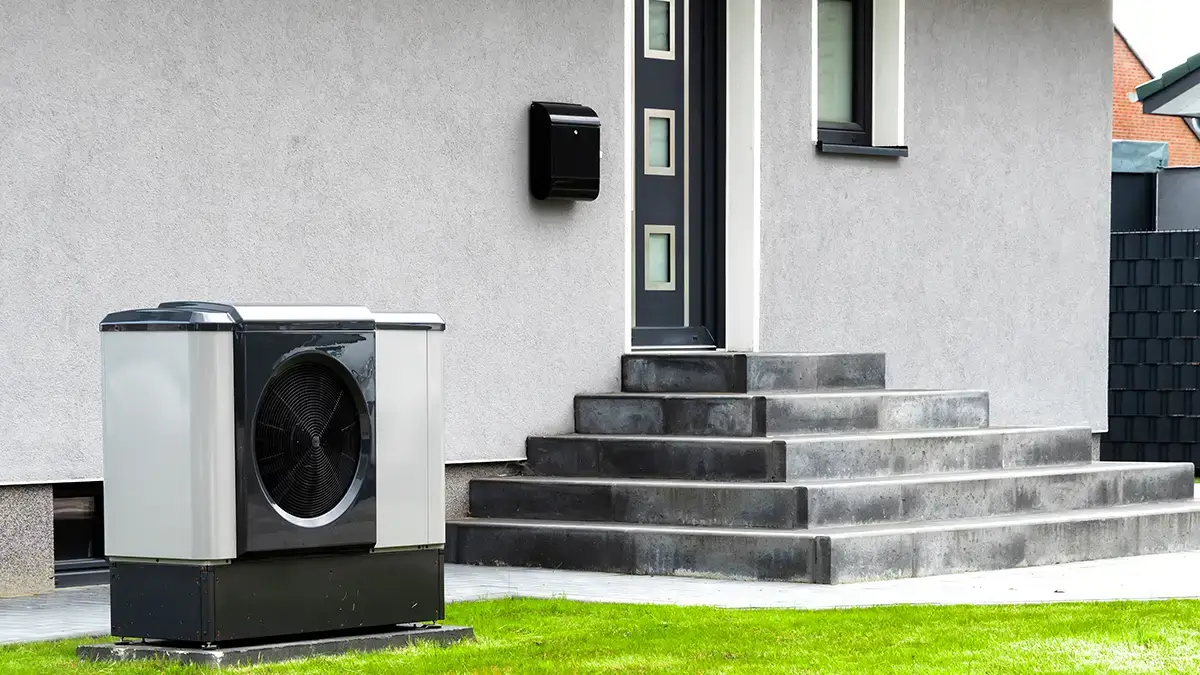
 Guide
Guide  What are the consequences of excessive heat in the home?
What are the consequences of excessive heat in the home? 
 Back
BackIn winter, when the temperature outside drops rapidly, we look longingly at the radiator or stove and turn up the heating without hesitation. After all, thermal comfort is the foundation of happiness – especially when snow and frost are raging outside. However, few of us consider that excessive heat in the home, although pleasant at first, can lead to many health problems and also have a negative impact on the condition of the building and the household budget.
An almost tropical climate within four walls is not only a problem for heating sources, which have to work twice as hard. Overheated rooms, especially bedrooms, are a sure-fire recipe for sleep problems. The body is designed to fall asleep and rest effectively at temperatures between 16 and 19 degrees Celsius. When the room is too warm, we are almost certain to wake up tired.
In addition, too high a temperature in the home can lead to irritation of the respiratory tract, dry mucous membranes, sore throat, and if we also suffer from allergies, we are only a step away from exacerbating the symptoms. In this case, it is also worth checking what the optimal air humidity in rooms is, because a disturbed microclimate is the perfect conditions for the development of dust mites.
Prolonged exposure to a stuffy, hot room affects concentration, reaction speed and effective work. Our brain functions best at a temperature of around 18-22 degrees Celsius. Excessive temperatures at home or in the office lead to exhaustion, the need for more frequent breaks and a noticeable decline in the quality of work.
Our four walls are like the human body – they need specific conditions to stay healthy. And here, too, prevention is better than cure! Overheating rooms, especially without adequate ventilation, can lead to problems with damp. Although it may seem paradoxical, dry and warm air causes water vapour to condense on cooler surfaces such as windows and walls. This can result in mould or mildew, which is not only unsightly but also harmful to health.
Furthermore, excessive heating accelerates the wear and tear of certain materials, especially wood. Under the influence of heat, wood cracks and dries out more quickly, paint on walls fades and wallpaper may start to peel off, requiring early renovation or refurbishment of the interior. A modern, multifunctional air conditioner can help here, provided that we check how to choose an HVAC system for the size of the room.
Excessive temperatures in the home also have a negative impact on the environment and... your household savings. Every additional degree on the thermostat means a greater load on heating systems, which work harder and consume more fuel or electricity. All this translates directly into higher heating bills. The difference can be felt even with a small change, as energy costs rise exponentially. However, the financial aspect is only one side of the coin.
Increased energy consumption has a direct impact on the environment, as it is associated with higher carbon dioxide and greenhouse gas emissions. As a result, by overheating our homes, we not only pay more, but also contribute to global warming – these are the consequences of high temperatures in the home. And our health, wallet and planet suffer equally.
Awareness of these consequences may prompt you to look for ways to maintain the right temperature in your home. The simplest method is to set the thermostat to around 21–22 degrees Celsius during the day and lower the temperature to around 18 degrees Celsius at night. A reliable helper that will take this responsibility off our shoulders is a smart system that allows you to automatically manage your home appliances.
Or maybe... instead of turning up the heating, it is enough to dress warmer, put on a sweater or thick socks, which will help you feel warm without having to maintain too high a temperature in your home?
***
The climate within our four walls is important – also, and perhaps especially, the microclimate! It is worth taking care of clean air in your home and thermal comfort, as well as following a few tips to enjoy the warmth without the shock of high utility bills.





